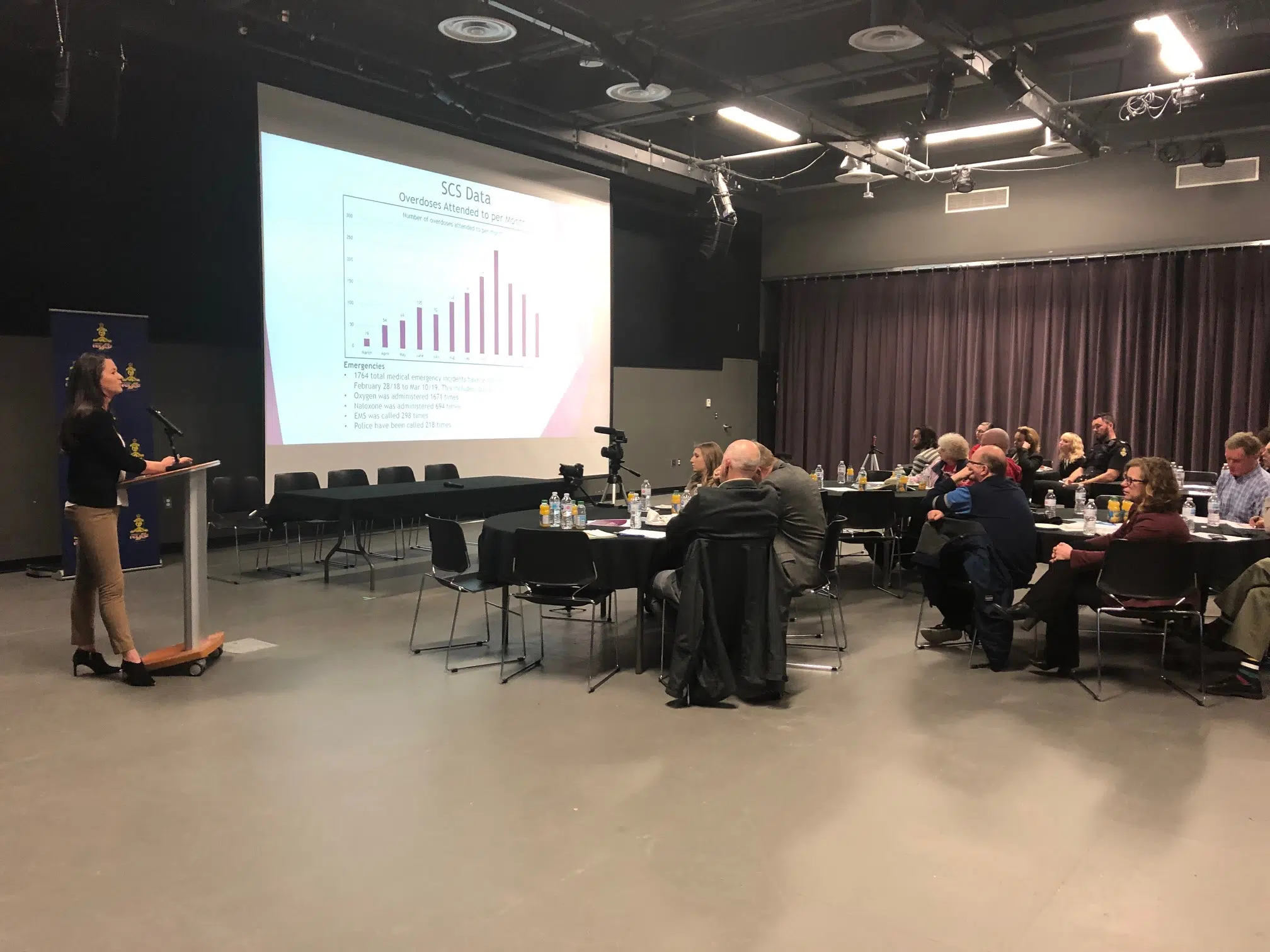
Clean and Safe Downtown BRZ info session hears concerns from business owners, organizations
LETHBRIDGE – The second “Clean and Safe Downtown Information Session” hosted by the city’s Downtown Business Revitalization Zone attracted a variety of business owners, organizations and representatives from the Supervised Consumption Site (ARCHES), Lethbridge Police, Fire Department, and the City.
Statistics presented by Jill Manning, Managing Directory of ARCHES, showed that since the SCS opened Feb. 28, 2018 until Mar. 10, 2019, there have been 1,764 emergency incidents including, but not limited to overdoses. Oxygen has been administered 1671 times, Naloxone 694 times, EMS has been called 298 times and police called 218 times. It is the busiest supervised consumption site in Canada.
Most of the substances consumed at the site are opioid-related (55.9 per cent), while Methamphetamines make up 42.7 per cent, and other drugs account for just under 1.5 per cent.
There have been 38,000 in-house services provided, including addictions counseling, wound care, STI testing, crisis interventions and housing supports. More than 8,000 referrals were provided for detox, residential treatment, mental health and addictions supports.


